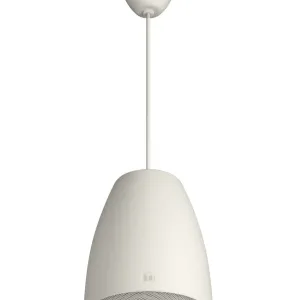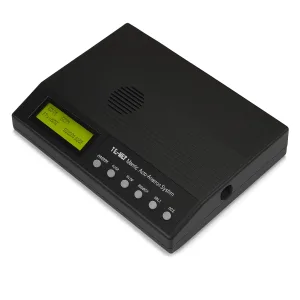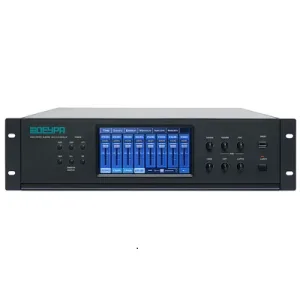No products in the cart.
IP-based amplifiers & terminals
৳ 0.00
Key Features of IP Network Audio System:
- Audio over IP – Transmits high-quality audio via LAN/WAN infrastructure.
- Multi-Zone Control – Manage and play different audio in multiple zones simultaneously.
- Centralized Management – Full control through web-based or software platforms.
- Live Paging & Announcements – Real-time voice broadcasts across selected zones.
- Scheduled Broadcasting – Timed music or messages for automation.
- Integration Capabilities – Works with fire alarms, CCTV, access control, and emergency systems.
- Two-Way Communication – Optional intercom features for communication.
- PoE Support – Power and data over a single Ethernet cable.
- High Audio Quality – Supports MP3, WAV, AAC formats with low latency.
- Scalable & Flexible – Easily expandable across buildings or campuses.







Reviews
There are no reviews yet.